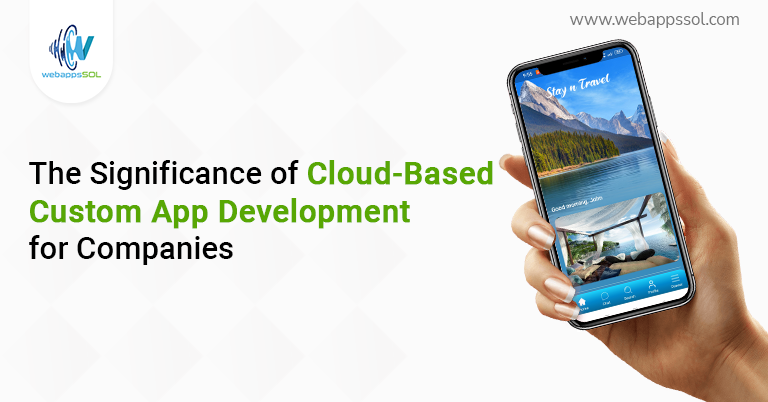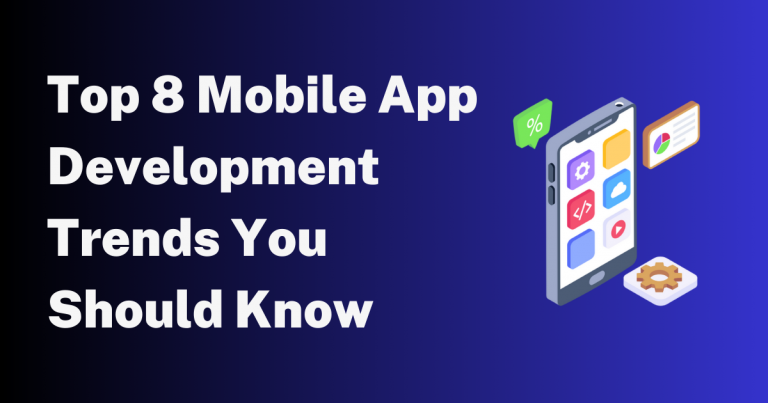A Comprehensive Guide to Flutter App Development
Flutter, Google’s open-source UI toolkit, has revolutionized mobile app development. Its versatility, speed, and ability to create natively compiled applications for mobile, web, and desktop platforms with a single codebase have made it a top choice among developers. In this guide, we’ll take you through the roadmap of Flutter app development and explore the services available to help you bring your app idea to life.
The Flutter Advantage
Before diving into the development process, let’s briefly highlight why Flutter has gained such prominence:
Cross-Platform Compatibility:
Flutter allows developers to build applications that work seamlessly on iOS, Android, web, and desktop platforms using a single codebase, reducing development time and costs.
Fast Development:
Its “hot reload” feature enables real-time code changes, enhancing developer productivity and speeding up the development process.
Rich User Interfaces:
Flutter’s widgets enable the creation of beautiful and highly customizable user interfaces, offering a native app look and feel.
Strong Community:
Flutter boasts a vibrant developer community, with extensive documentation, packages, and support readily available.
The Flutter App Development Roadmap
Project Planning:
Idea Refinement: Clearly define your app idea and target audience. Conduct market research to understand user needs and preferences.
Budget and Timeline:
Determine your project budget and set a realistic timeline for development.
Learning Flutter:
Setup and Installation: Install Flutter and Dart on your development machine. Ensure you have the required IDE (such as Android Studio or Visual Studio Code) and necessary plugins.
Dart Programming:
Familiarize yourself with Dart, the programming language used in Flutter.
Flutter Widgets:
Learn about Flutter’s widget hierarchy and how to build user interfaces.
App Design:
UI/UX Design: Create wireframes and design mockups for your app’s user interface. Consider usability and aesthetics.
Navigation:
Plan the app’s navigation structure and how users will move through it.
Development:
Coding:
Start coding your app using Flutter. Utilize the hot reload feature to test and refine your code iteratively.
State Management:
Choose a state management solution that fits your project’s needs (e.g., Provider, Bloc, Redux).
Also Know: Top 8 Mobile App Development Trends 2023
Testing:
Unit Testing:
Write unit tests to ensure individual components of your app work correctly.
User Testing:
Conduct user testing to gather feedback and make necessary improvements.
Optimization:
Performance Optimization
Identify and resolve performance issues to ensure your app runs smoothly.
App Size
Optimize the app’s size to minimize download and installation time.
Deployment:
Platform-Specific Configuration: Configure your app for deployment on iOS, Android, web, or desktop.
App Store Submission: Follow the guidelines for submitting your app to the respective app stores.
Post-Launch:
Maintenance:
Regularly update and maintain your app, addressing bug fixes and adding new features as needed.
Marketing:
Promote your app through various channels to reach your target audience.
Flutter Application Development Services
While Flutter empowers individual developers, many companies offer professional Flutter application development services to streamline the process:
Custom App Development:
Companies specializing in Flutter can build tailored applications that meet your unique requirements.
UI/UX Design:
Professional designers can create visually appealing and user-friendly interfaces for your app.
Consultation:
Get expert guidance on architecture, best practices, and project planning from Flutter development firms.
Maintenance and Support: Ensure your app remains up-to-date and bug-free with ongoing maintenance and support services.
Conclusion
Embarking on a Flutter app development journey can be both exciting and rewarding. By following the roadmap outlined in this guide and considering the services offered by Flutter application development firms, you can turn your app idea into a reality and take advantage of Flutter’s capabilities to create cross-platform, high-quality applications


